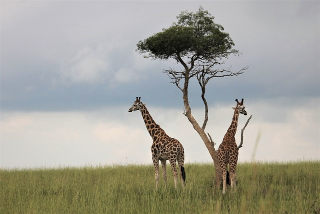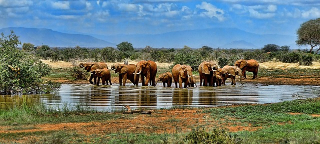Did you know that coyotes have excellent senses, particularly smell and sight? As much as coyote hunting is an exciting and rewarding experience, these characteristics make hunting them a challenge.
To help you out, we’ll be sharing crucial tips for beginner hunters and experienced hunters alike to get you started in the right direction.
Key Takeaways
- Successful coyote hunting relies heavily on calling techniques, certain equipment, and a hunter’s skills.
- Coyotes have a keen sense of smell, so hunters must pay attention to wind direction to ensure their scent isn’t carried towards their prey.
- Hunters must understand the regulations and obtain necessary permissions for hunting on both public and private lands.
The Correct Gun/Caliber
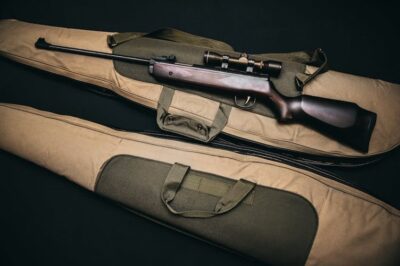
When it comes to coyote hunting, you will be able to hunt successfully and kill humanely with the help of a reliable tool.
When it comes to coyote hunting, the first thing to consider is your equipment. A reliable tool will help you hunt successfully and deliver a humane kill.
Consider an AR-15 rifle as an effective tool for a successful hunt. In addition, the ideal coyote hunting calibers are .223, .243, 223/5.56, and .308 calibers.
While you can also use a shotgun to hunt coyotes, consider a 12-gauge loaded with a number 4 shot as your best bet. Also, don’t forget to attach a high-quality, low-magnification scope to your rifle to improve your accuracy.
Aside from your choice of rifle, your hunting skills matter. You want to ensure you aim for a coyote’s vital organs, like the lungs or heart, leading to an ethical harvest.
Coyote Calling 101
Coyote calling is one of the most effective hunting techniques for locating coyotes. The aim is to mimic the sounds of other coyotes or distressed prey animals, forcing the creature to come and investigate the noise, giving you a shot to kill it.
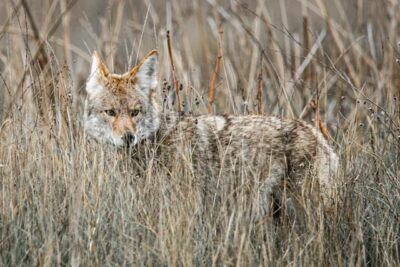
Coyotes are keenly aware of any distressed animal sounds that might mean an easy meal. To get a coyote’s attention, be sure your calls mimic these animals or other coyotes.
First, you scout the area for coyotes. You can do this by looking out for coyote tracks and droppings, also known as scat. Coyote droppings typically contain bones, fur, and small animal remains.
Once you have scouted a property, you’ll need the right equipment to call coyotes. Note that coyotes can smell or spot you from a distance, so ensure you’re concealed properly.
Locator Calls
Now, coyotes use howls and barks to communicate with each other. A coyote hunter can take advantage of this trait to discover the location of any potential prey.
Many hunters argue that coyotes primarily howl at night or early morning. However, coyotes an and will howl at any time, as they have varying sleeping patterns.
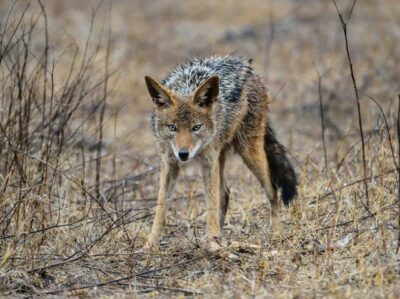
Although they are naturally diurnal animals (active during the day), their activity pattern depends on their location and habitat.
In fact, coyotes are most active during dusk and dawn, but those that live close to human settlements are often nocturnal. And those that live more remotely tend to be diurnal.
For a successful coyote trip, visit the hunting area before daylight. Let out different coyote howls at different points, preferably on top of a ridge or hill, as the sound will carry well. Listen keenly for a response.
If you do this two or three times with no response, keep moving and repeat the tactic at a different place. Once you get a response, mark the area. You can choose to be patient and wait for them or leave and return later.
Distress Calling
Distress calling is an effective technique hunters use to attract or locate coyotes in the wild. The aim is to imitate the sound of animals in distress, in order to lure in a coyote.
Coyotes easily fall for this trick as they’re opportunistic animals, and a distressed call means that an animal is injured, and that translates to an easy meal.
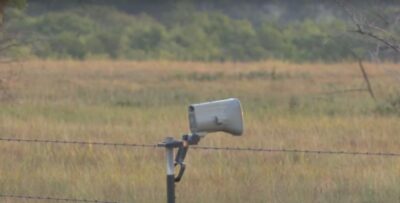
When hunting coyotes in the wild, hunters use distress calling to attract or locate them.
If you choose distress calls, you can opt for mouth calls or e-callers.
An e-caller is a much more effective solution as one might offer you different pre-recorded sounds you can use based on hunting conditions.
That said, do remember that while electronic calls are convenient, you’ll scare away your prey if you don’t use them effectively. One of the common mistakes we’ve seen in the field is using the same sounds used repeatedly by hunters.

If you constantly use the same calls and sounds, at some point, the coyotes will get used to hese sounds and associate them with danger. Since there is a wide range of calls, opt for one that will separate you from the crowd.
Another mistake we’ve seen people make is maxing the caller volume. Most people do this to attract as many coyotes as possible, including those miles away. Keep in mind that if you select the right hunting grounds, there will likely be coyotes nearby. So, when you blast an e-call, you may only be scaring them away from you.
Whatever type of predator call you pick, position yourself at a place with adequate cover, preferably downwind, as you await the coyotes to come within a good range to shoot.
Calling Sequences
Coyote calling sequences are a series of coyote sounds designed to mimic various situations that occur naturally in a coyote’s environment. To successfully attract coyotes, you need to mix up sequences.
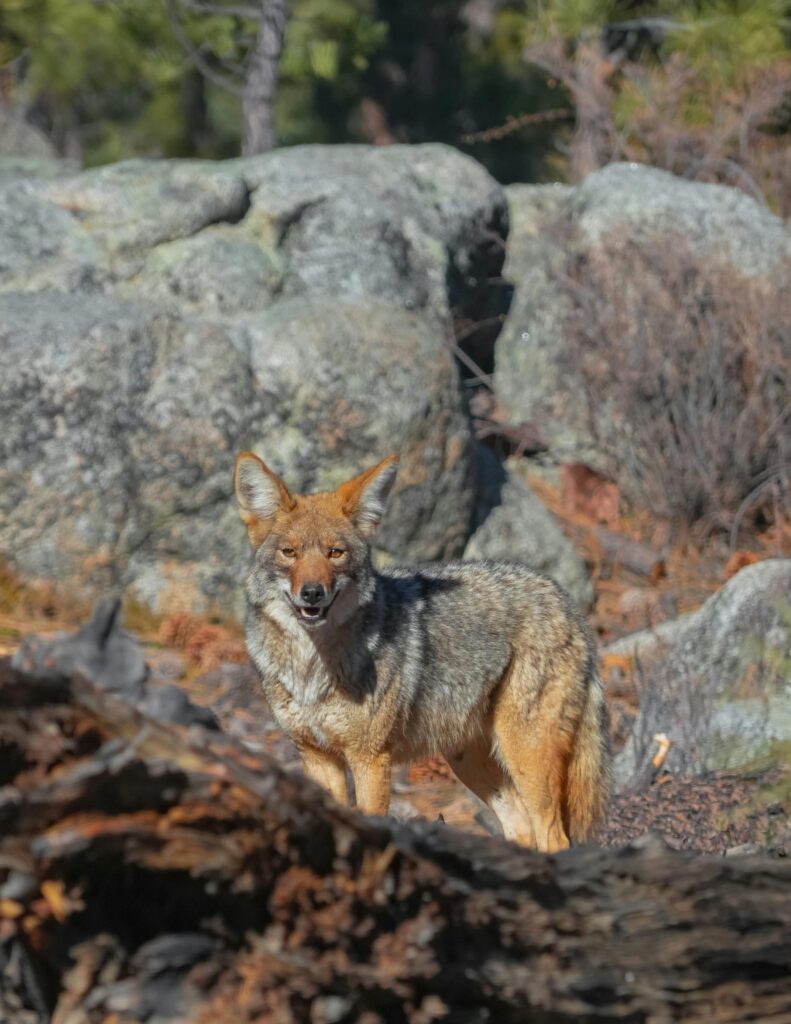
When using this method, try to create a sound that will get the coyote hungry, curious, or angry. Once the coyote lets its guard down, you can strike.
Start off by using a lone howl in a low frequency and a high pitch. Do it two or three times, then sit in silence for a few minutes before trying a different vocalization.
Next, try out whines and yelps. Whines and yelps are versatile sounds that draw coyotes toward you and these sounds trigger different reactions simultaneously, including parental and territorial instincts.
Stay in one spot for about 15 to 20 minutes. If you don’t notice any coyotes approaching, try a different location.
Since coyote calling is a skill you learn over time, you need to experiment with different options until you find what works for you.
Aside from that, avoid making the mistake of calling too often or too little. You may end up scaring off coyotes or failing to entice some of them to come your way. If you’re in a closed-off area, avoid loud and long strings of calls as they might scare away the animals. But if you’re in an open area, louder and longer coyote calling sequences will come in handy.
Wind Considerations
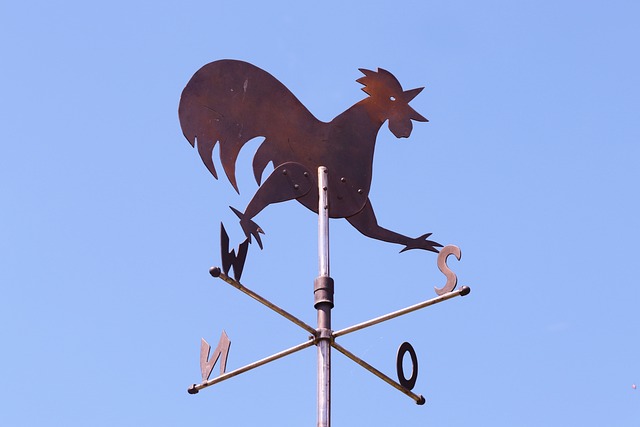
When approaching a coyote’s location, be sure the wind is blowing in your face to prevent it from smelling you.
Just like in deer hunting, wind consideration is crucial when hunting coyotes. You need to be mindful of your scent and the wind direction.
Coyotes are known to have a fantastic sense of smell that you’ll never outsmart. With this in mind, the wind should be blowing in your face to ensure your scent isn’t carried toward the coyotes. The last thing you want to do is to alert the coyotes of your presence and scare them away.
Adapting to Your Surroundings
You will need to adapt to the surrounding areas to hunt coyotes successfully. This is one of the basics essential to a successful hunt.
Farmland
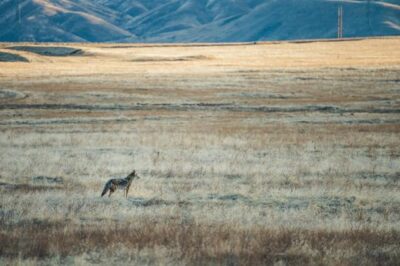
Hunting farmland and open fields has its advantages and disadvantages. You have a clear field of view to spot coyotes. But, if you aren’t concealed, they have a clear view of you as well!
Farmlands resemble open fields with very little cover. This makes coyote hunting somewhat challenging, as the coyote can easily spot you. So, when hunting these areas, try to conceal your position.
In terms of coyote calls, use a distress call that imitates a small animal like a bird, rabbit, or rodent.
Additionally, you may want to use decoys to draw the coyote’s attention. For example, a decoy dog will attract coyotes by giving them a visual representation of the prey. Such dogs act as decoys by mimicking the sound and behavior of distressed prey animals.
Wooded Areas
Unlike farmland, a wooded area is made up of dense timber. This provides a good cover for you, the hunter, but it also provides cover for the coyote as well.
When hunting these areas, you’ll want to move quietly, using the woods to mask your presence.
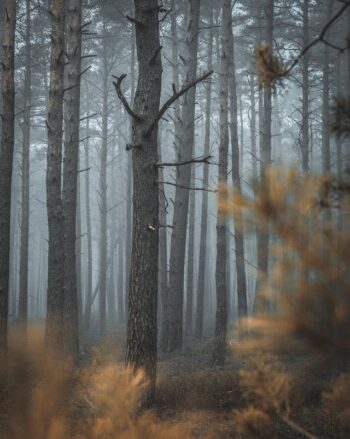
When hunting coyotes in wooded areas, move slowly and quietly.
Additionally, invest in camouflage clothing to ensure the coyotes don’t spot you easily. For example, choose clothes that match the terrain and also wear a face mask to prevent the coyotes from noticing your face outline.
Also, remember that sound won’t travel as far in dense woods. So, adjust your calling volume and use short and frequent calls.
Hills
When hunting in hilly areas, you have the advantage of high ground to spot and call coyotes. Usually, these animals will travel along ridges and valley bottoms in this type of terrain.
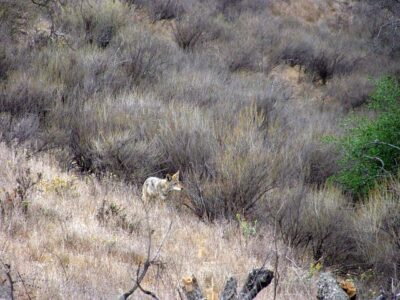
When hunting hilly terrain, keep in mind that coyotes will often move along the valleys or ridges of the hills.
Position yourself well around three-quarters up a hill and preferably with something behind you, such as bushes or trees to help break up your silhouette. Also, pay attention to wind direction to ensure it doesn’t carry your scent toward the coyotes.
Land Access
You have the option to hunt in either public or private land. Most regions have public lands for hunting, including state parks, forests, and wildlife management hunting areas. What you need to do is familiarize yourself with the hunting regulations of different regions, including any applicable licenses you might need in that area.
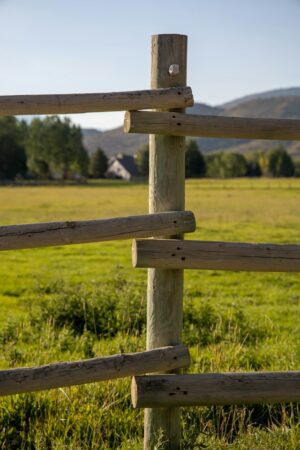
If you’re hunting on private land, you’ll need written permission from the landowner to avoid being reported for trespassing. Luckily, many landowners are open to the idea, as coyotes are known to cause significant damage to farms.
Coyotes have adapted to human environments and tend to eat pet food left outside or even garbage. That’s why private land makes a good hunting spot for these animals. But, if you hunt private land, always be sure you respect a landowner’s wishes.
Approaching & Setting Up Your Stand Correctly
As we’ve mentioned, be sure to set up your stand location in an area with good visibility to see your targets.
When looking for a location, look for coyote tracks to determine if they’re in the area you’re hunting. Since they travel in packs, it’s easy to notice their tracks.
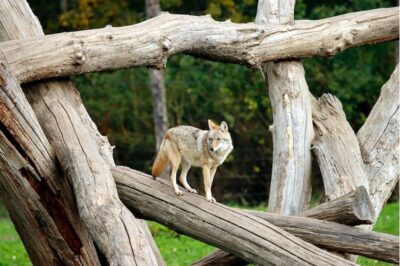
Be sure to maintain a good position, in addition to paying attention to the direction of the wind, to prevent your scent from being carried toward coyotes.
Preparing yourself properly before you start shooting is also key. Most hunters choose elevated positions or an area with enough cover to conceal them.
Also, approach your stand cautiously, avoiding unnecessary noise that could scare away coyotes in that location.
Final Thoughts On Coyote Hunting For Beginners
Hopefully, this Coyote Hunting For Beginners article has provided some helpful tips to get you started on what can be an exciting time outdoors with coyotes hunting.
Remember to focus on making sure you have the appropriate gun and caliber, honing your calling skills, and paying attention to wind direction as well as your setup.
And, always be sure to follow all local hunting regulations for the area in which you are hunting.
Good luck!

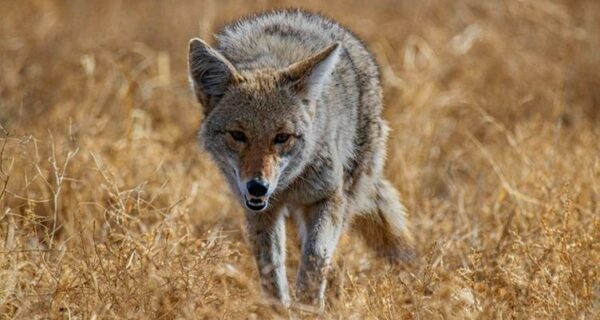
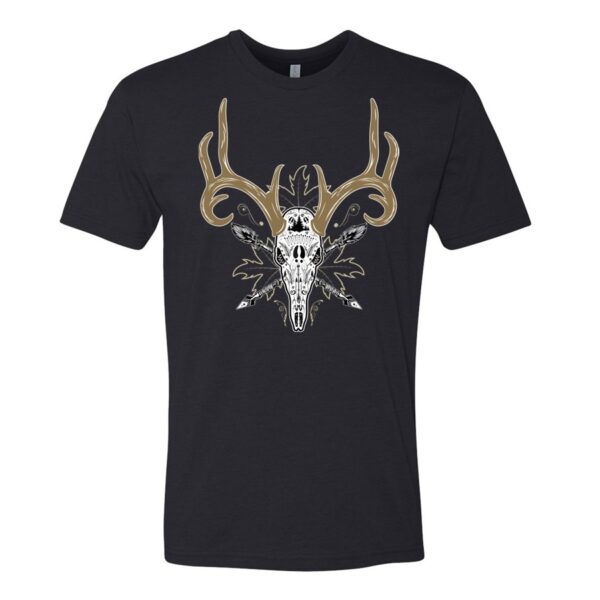
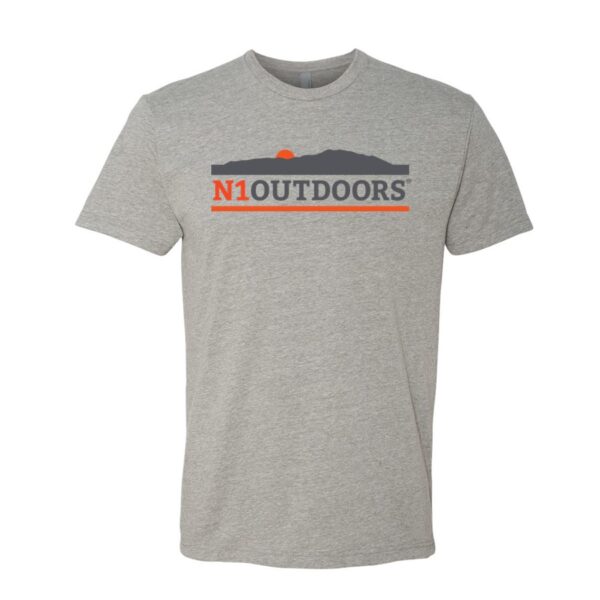
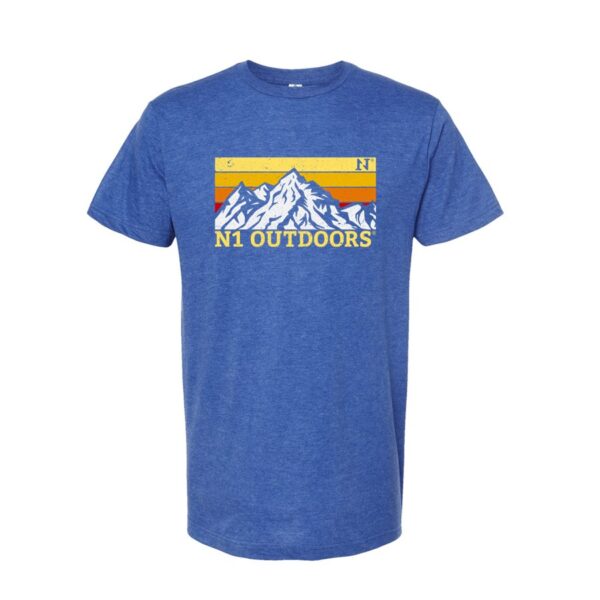
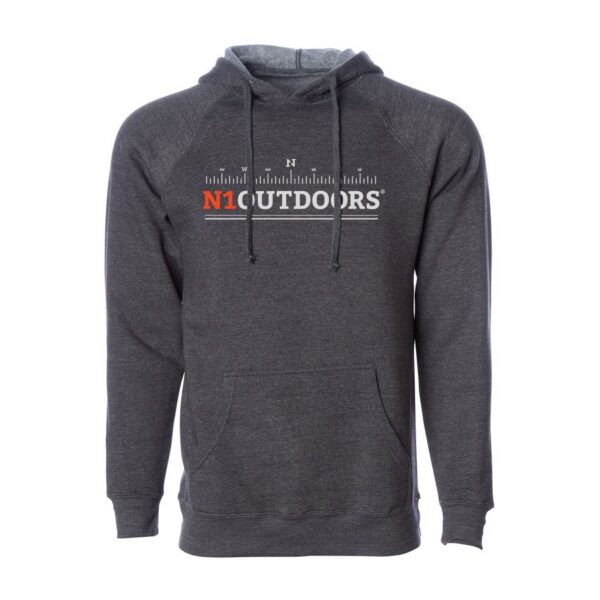
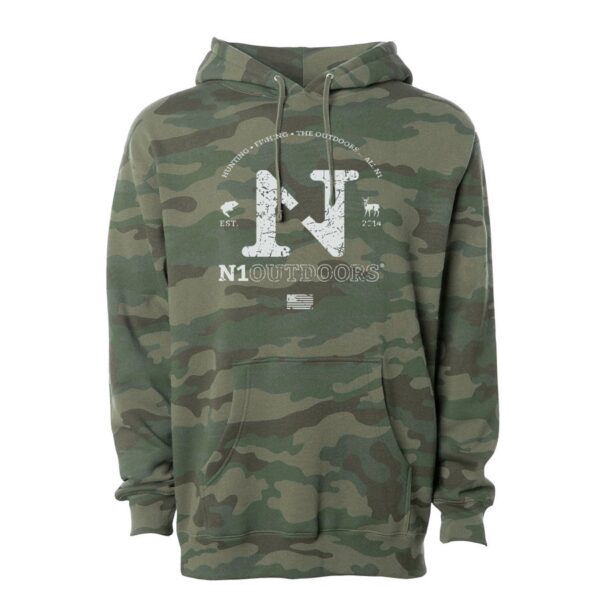
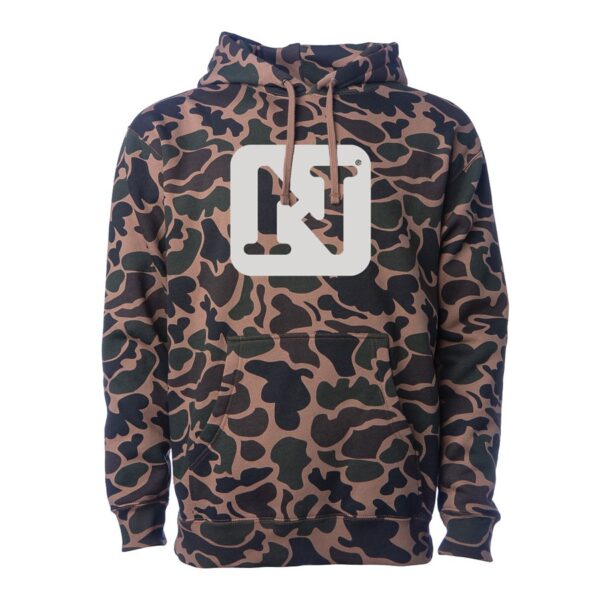
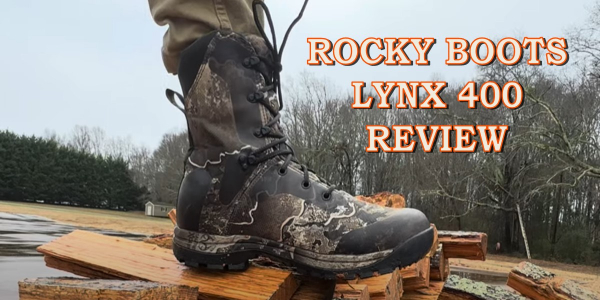
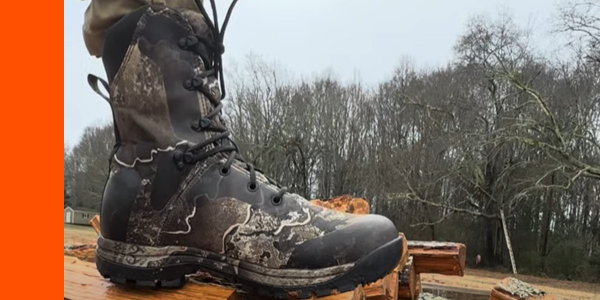
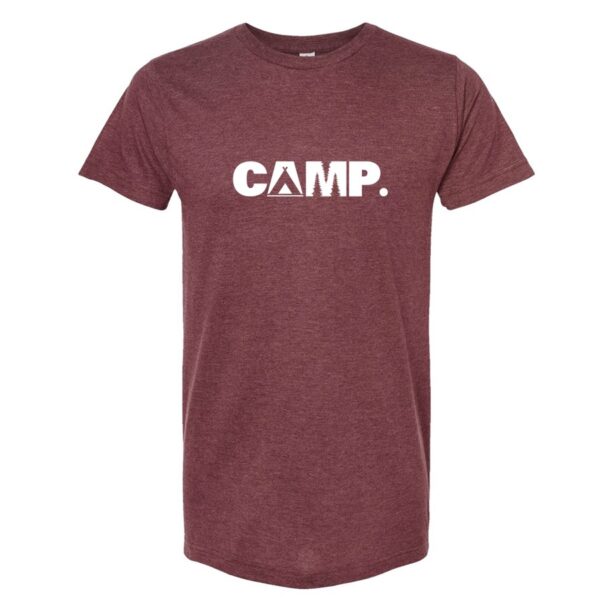
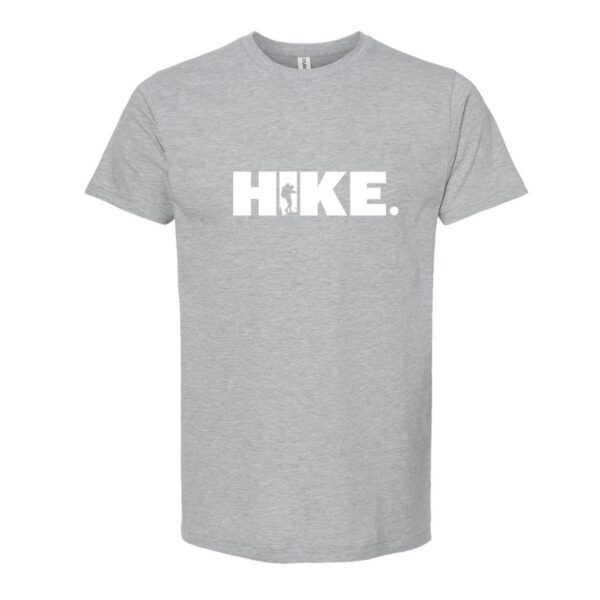
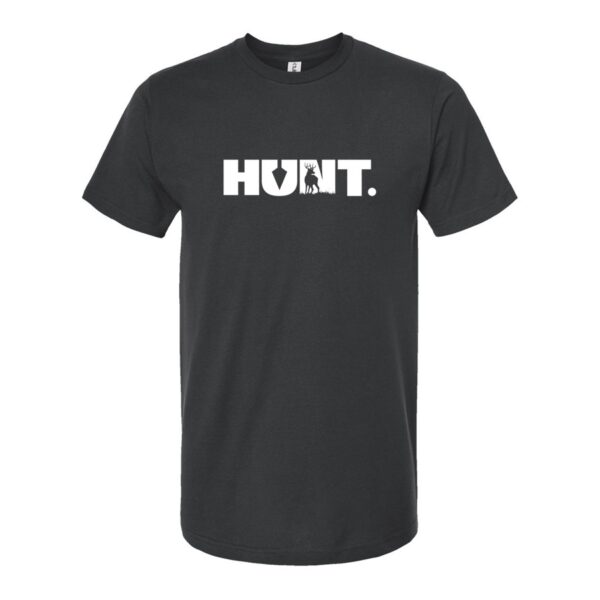
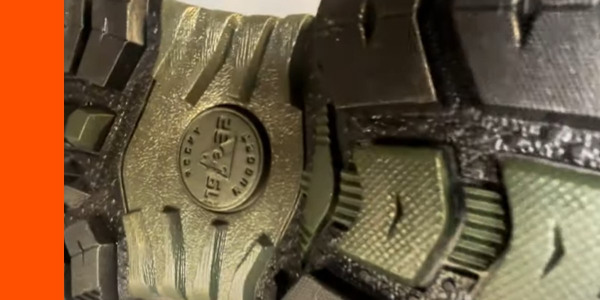
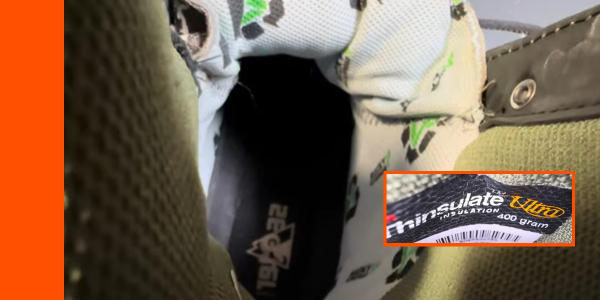
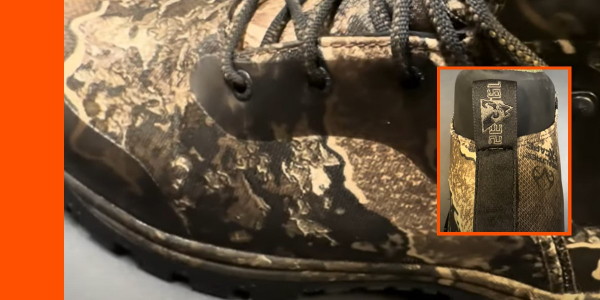
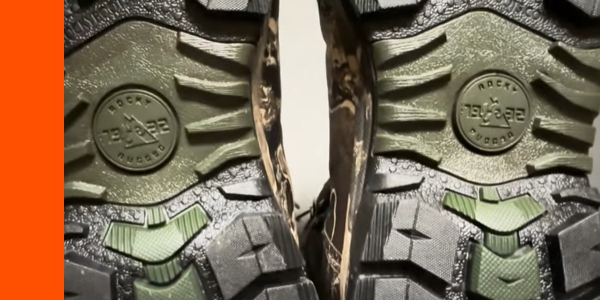
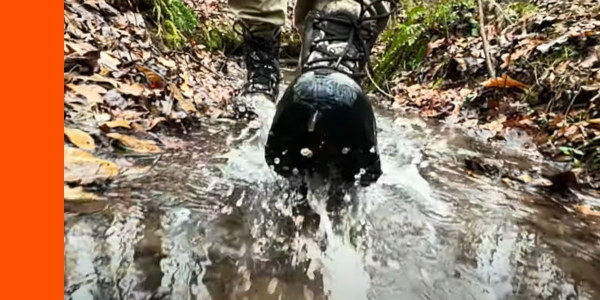
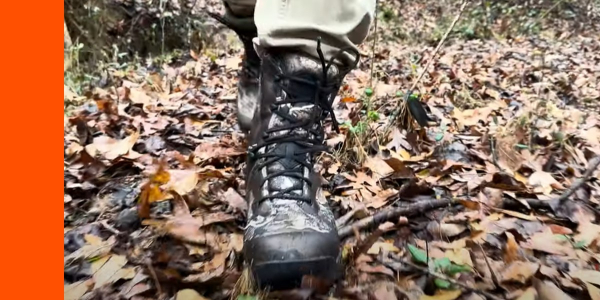
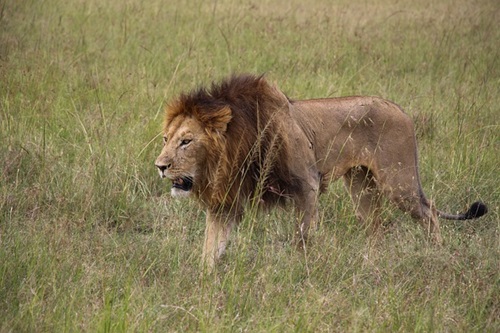

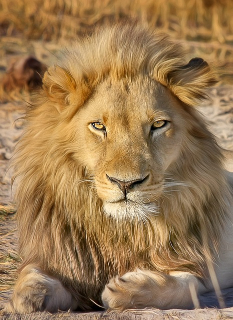
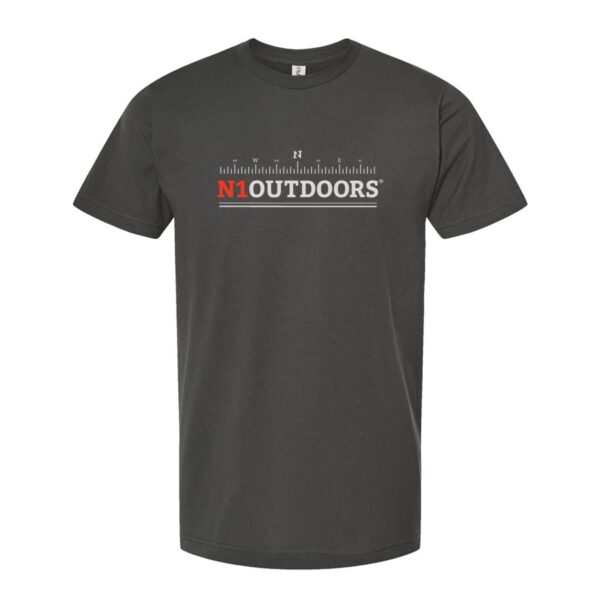
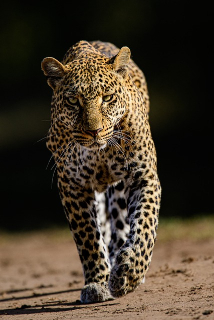

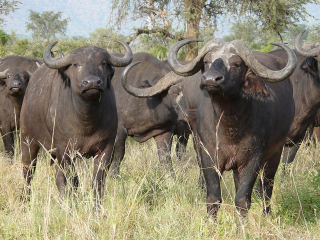
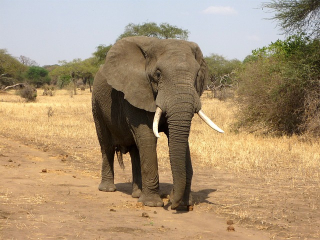
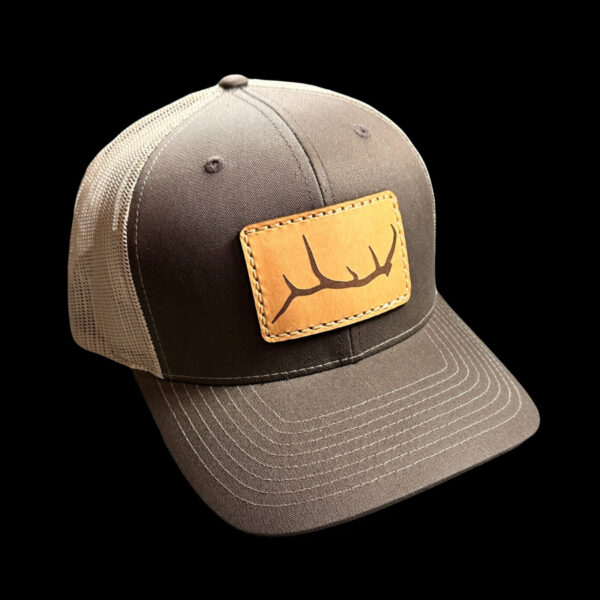
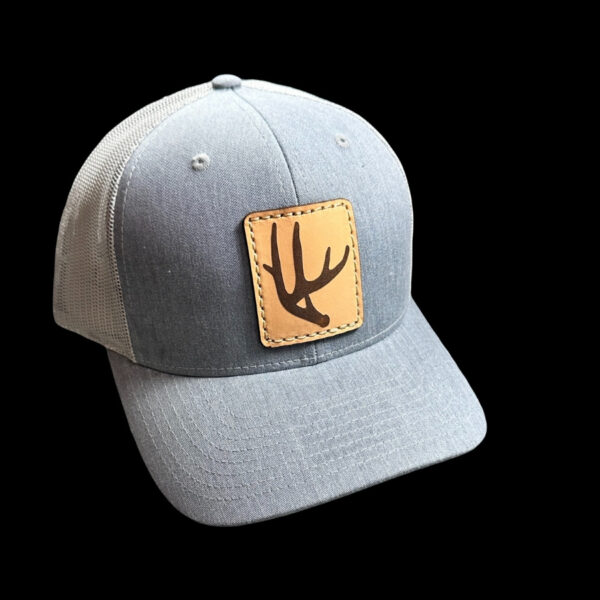
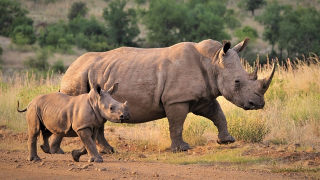

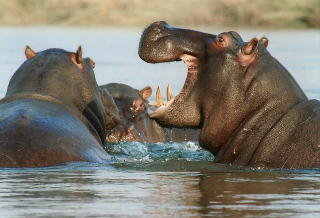
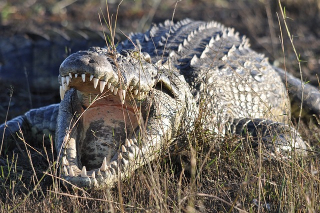


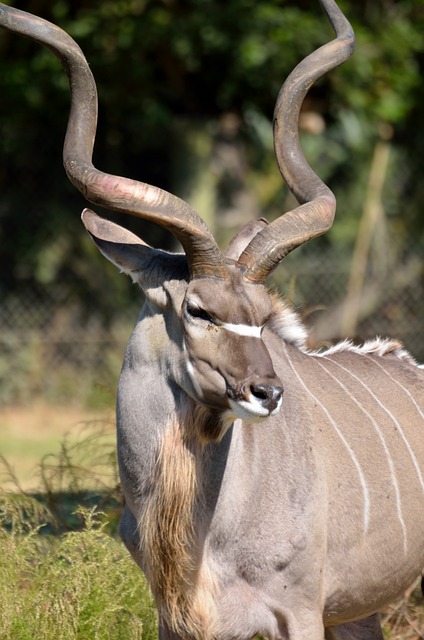
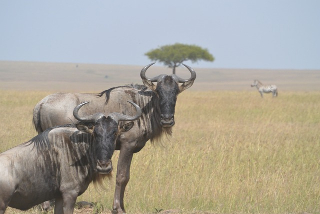

![[2023 NEW] 7-8 Fireproof Biometric Gun Safes for Home Rifle and Pistols, Heavy Duty Anti-Theft Long Gun Safes for Rifles and Shotguns with 3 Handgun Pocket, Removable Shelf, Silent Mode](https://m.media-amazon.com/images/I/51hfDt086lL._SL500_.jpg)
